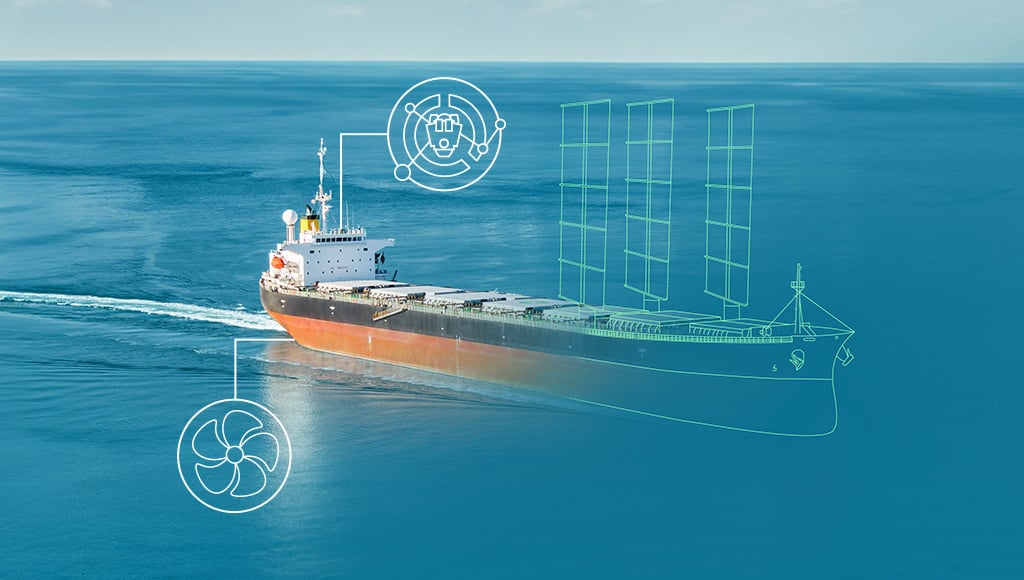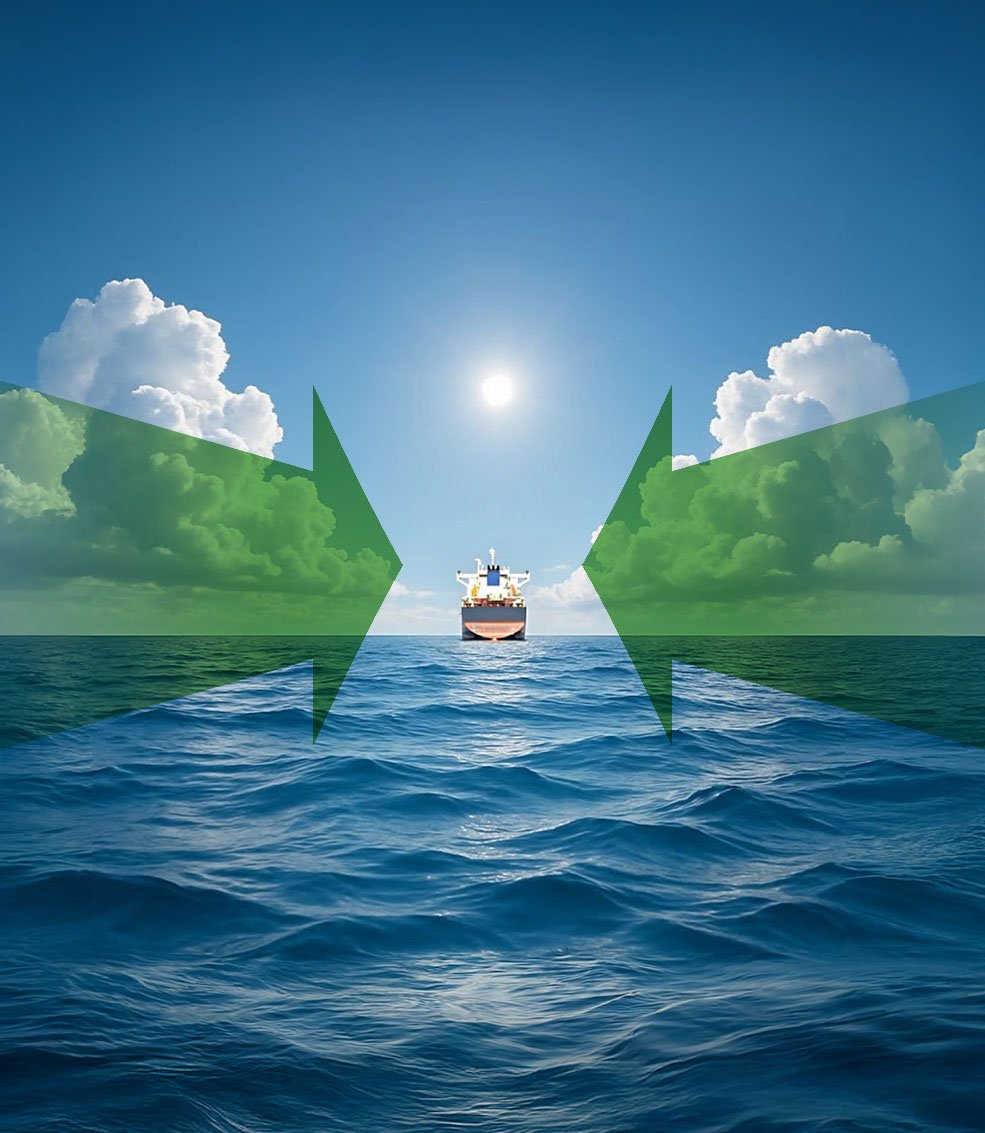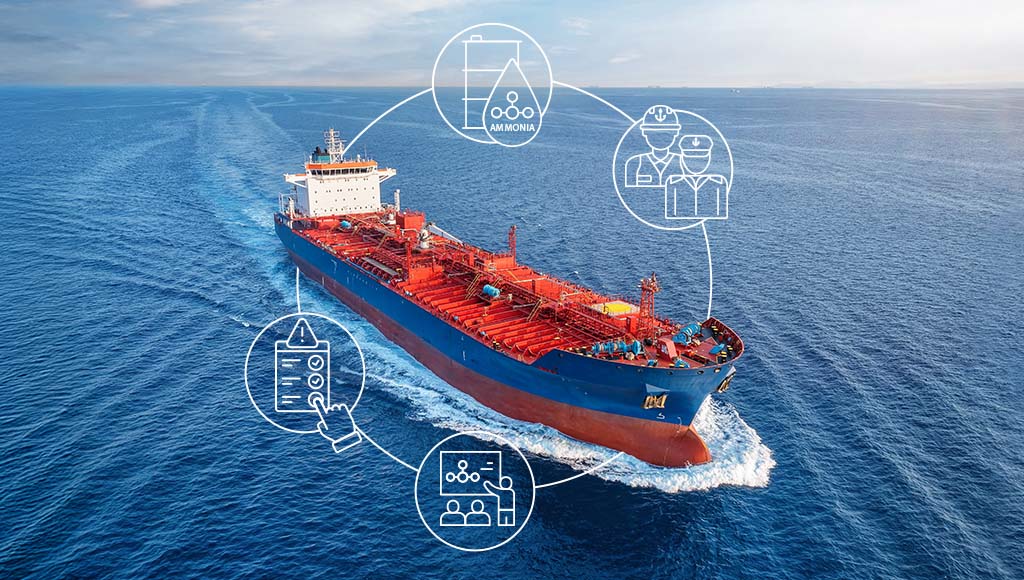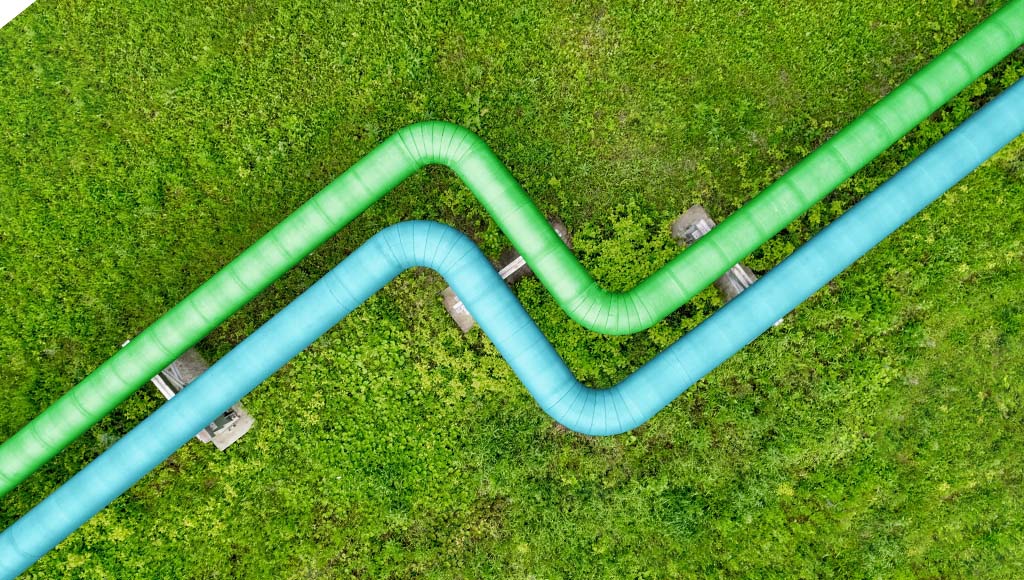Towards zero emission: Environmental outlook
While the world is struggling to live up to its commitment to limit climate emissions, new data indicate that climate change may be more severe and occur more rapidly than anticipated earlier. The IMO is looking for ways to make shipping climate-neutral over the next decades. DNV GL gives an overview of the status of the discussion and potential future measures.
When the Paris Agreement was adopted in 2015 in response to the increasing signs of global climate change, shipping and aviation were not included. Instead, the IMO and ICAO were asked to come up with greenhouse gas (GHG) emission reduction schemes of their own. At MEPC 72 the IMO has now adopted a strategy to reduce emissions from shipping. This aims to reduce total emissions from shipping by at least 50 per cent by 2050, and to reduce the average carbon intensity by at least 40 per cent by 2030 while aiming for 70 per cent in 2050, all figures compared to 2008. The ultimate vision of the IMO is to phase out greenhouse gas emissions entirely at information gathered from the IMO Data Collection System (DCS) as well as a fourth IMO GHG study to be undertaken in 2019. As it must be assumed that the global shipping activity will continue to grow towards 2050, the 50 per cent emission reduction target is quite ambitious and will most likely require widespread uptake of zero-carbon fuels in addition to other energy efficiency measures. However, there are no zero-carbon fuels available today. A concerted research and development effort is needed not only to develop such fuels but also to make them available in the required volumes.
To implement its ambitious strategy the IMO must develop new policy measures and regulations. The strategy contains a long list of options, such as strengthening the EEDI, applying operational indicators, reducing speeds, rolling out market-based measures, or developing zero-carbon fuels. Work on an action plan to kick-start the development of appropriate measures will start this fall.
While limited immediate impact on ships is to be expected, the efforts required to reach the long-term goals will have to build over the coming years, with a real impact starting to materialize in the 2020s. In a long-term perspective, DNV GL expects this strategy to fundamentally change the way ships are designed and operated.
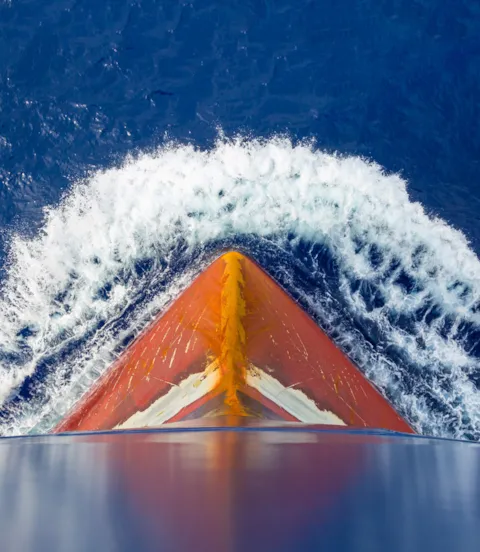
CO2 data collection in the EU and at the IMO
In the EU, regulations for monitoring, reporting and verification (MRV) of CO2 emissions have entered into force, requiring all ships above 5,000 GT sailing to or from European ports to report CO2 emissions, cargo data and average energy efficiency. 2018 is the first year of reporting, with data being published annually by the EU as of mid-2019.
One purpose behind the EU MRV regulations was to encourage the IMO to work on a similar mechanism with global coverage. The EU regulation itself contains a provision for a review aimed at alignment with a future international system, if in place. It is therefore significant that the IMO has adopted a global mechanism for mandatory monitoring, reporting and verification of fuel consumption data for all ships 5,000 GT and above. The scheme, known as the IMO Data Collection System (DCS) on fuel consumption, will have 2019 as its first year of operation.
The IMO DCS differs from the EU MRV in several important aspects, including the confidentiality of data, the calculation of efficiency metrics, and the requirements for data verification. While these are all issues where the EU has a strong preference for the requirements of its own system, the European Commission has nevertheless initiated a formal review process aimed at aligning the EU MRV with the IMO DCS. There are encouraging signs of a legislative proposal to be published in 2018, though it is expected to be challenging and likely time-consuming for the commission, the parliament and the council to come to an agreement. DNV GL believes that full alignment is unlikely, and that the industry must expect to cater to both reporting regimes for the foreseeable future.
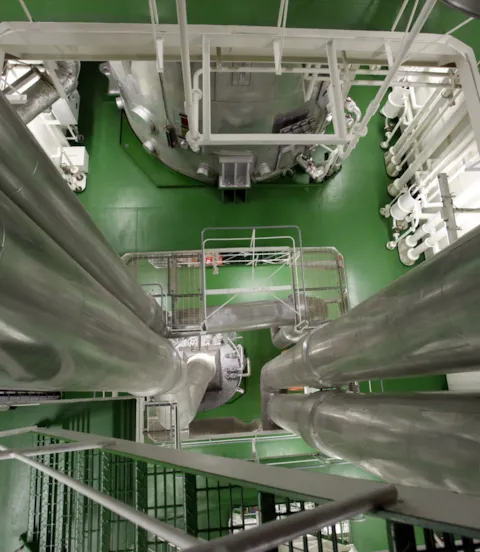
SOx regulations
IMO has agreed that the 0.5% global sulphur cap will be implemented from 1 January 2020. The decision is final and will not be subject to renegotiation, which gives certainty to the maritime and bunker industries. There were intense discussions on both the practicalities of implementation and on how to ensure robust enforcement and a level playing field. IMO is continuing to discuss implementation and supporting measures on a priority basis and has held an intersessional meeting dedicated to the topic in July. A series of guiding documents are expected to be published after completion at MEPC 73 (Oct. ’18) and MEPC 74 (May ’19).
Ship operators will have to choose their preferred compliance strategy, a decision with far-reaching operational and financial implications. There is no one-size-fits-all solution on the table; scrubbers and LNG are both realistic options, but most vessels are expected to default to using 0.5% marine gas oil (MGO) and blends, at least initially. Local availability issues and price volatility are expected to result from the dramatic change of the fuel demand situation as of 1 January 2020, and the number of non-compliance cases, especially because of insufficient tank cleaning at bunker facilities and on board ships, is likely to be rather high during a transitional period.
Enforcement remains a critical concern, especially on the high seas. Contrary to emission control areas (ECAs), where enforcement is up to the respective port state, monitoring of operations on the high seas is the responsibility of the flag state. Legitimate questions are being asked about the readiness of all flag states to provide uniform and robust enforcement to ensure a level playing field around the globe. To some extent alleviating the enforcement issue, the IMO at MEPC 72 agreed to establish a ban on carriage of non-compliant fuels for all ships without scrubbers. This ban is considered certain to be adopted at MEPC 73 and will then take effect in March 2020. Ships without scrubbers will still be allowed to carry non-compliant fuel as cargo.
Moving to regional and domestic matters, it should be noted that in the EU the Water Framework Directive is imposing restrictions on the discharge of scrubber water. Belgium and Germany have prohibited the discharge of scrubber water in most areas, thereby limiting the operability of open-loop scrubbers. Similar restrictions apply in some US coastal waters, e.g. off Connecticut.
In Asia China’s regulations for domestic SECA-like requirements are being rolled out in the sea areas outside Hong Kong/ Guangzhou and Shanghai as well as in the Bohai Sea. China is taking a staged approach, initially requiring a 0.5% maximum sulphur content in fuel burned in key ports in these areas, gradually expanding the coverage to finally apply fully to all fuels used in these sea areas from 2019 onwards. China has furthermore recently announced its intent to expand the original three areas to a full 12 NM zone along its entire coast line from January 2019. Conceivably the allowable sulphur content will be tightened to 0.1% as early as 2020, and China may eventually submit a formal ECA application to the IMO. In our view a formal IMO ECA application would carry with it a real possibility of coverage being extended to include further parts of Chinese sea areas.

NOx regulations
The NOX tier III requirements have entered into force in the North American ECAs for ships constructed on or after 1 January 2016. Anyone constructing a ship today needs to consider whether operation in the North American ECAs will be part of the operational pattern, whether upon delivery or at any time in the future. If so, NOX control technology will be required on board. When choosing a NOX control technology operators should consider how they intend to ensure compliance with the 2020 sulphur cap ECAs. There are presently no indications of plans for additional NOX Tier III areas.
China has recently announced that vessels imported after Sept. 1 2018 for domestic traffic will be required to adhere to Tier II requirements irrespective of construction dates. China is also considering expanding the Tier II requirement to cover all vessels in domestic trade, possibly within mid-2021.
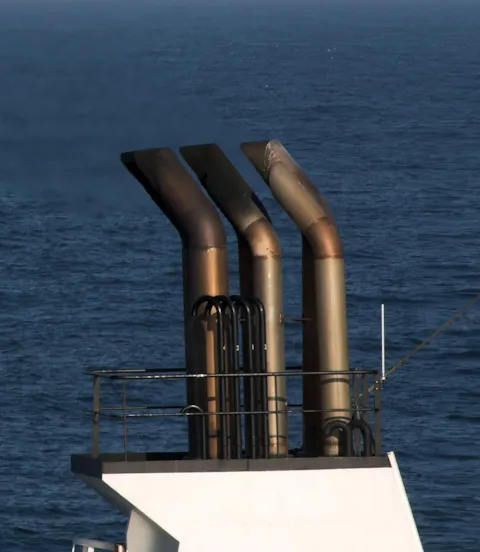
Ballast water management
The Ballast Water Management (BWM) Convention entered into force on 8 September 2017, more than 27 years after the start of negotiations, and 13 years after its adoption in 2004. The implementation schedules was revised at MEPC 71 in July 2017. Briefly put, every ship in international trade will be obliged to comply at some point between 8 September 2017 and 8 September 2024. For ships from 400 GT upwards, the compliance date is linked to the renewal of the International Oil Pollution Prevention certificate, while ships below 400 GT must comply by 8 September 2024. By that date the entire world fleet must be in compliance.
In the US, the domestic ballast water management regulations entered into force in 2013. New ships must comply upon delivery, while existing ships must comply by the first scheduled dry-docking after 1 January 2014 or 2016, depending on ballast water capacity. USCG type approval is required for ballast water treatment systems; as of July 26 nine such approvals have been granted, with ten more in the approval pipeline. The USCG’s previously liberal extension policy granting deferred installation dates to avoid system integration issues. With respect to upcoming regulations, IMO has agreed to apply NOX Tier III requirements to ships constructed on or after 1 January 2021 when operating in the North Sea and Baltic Sea to more than 12,500 ships due to the unavailability of approved systems has changed since the first type approvals were issued. Presently the USCG is very restrictive on granting extensions and this policy is likely to tighten further. In practical terms, operators should now plan their installation dates based on the compliance dates in the regulation and not gamble on receiving an extension.

Emerging issues
There are a number of new environmental regulations under consideration at the IMO as well as in various countries. They cover a broad range of topics, such as plastic pollution from ships, the impact of noise on cetaceans, particle emissions, hull biofouling, and a ban on heavy fuel oil in the Arctic. The discussions are at various stages; New Zealand, for example, has introduced bio- fouling regulations in May this year. The noise issue is primarily a concern of a few isolated stakeholders, while plastics and an Arctic HFO ban are under consideration at the IMO. Nevertheless, most if not all of these topics are likely to be the subject of further domestic or international regulations sooner or later during the next decade.

Eirik Nyhus
Director, Environment
